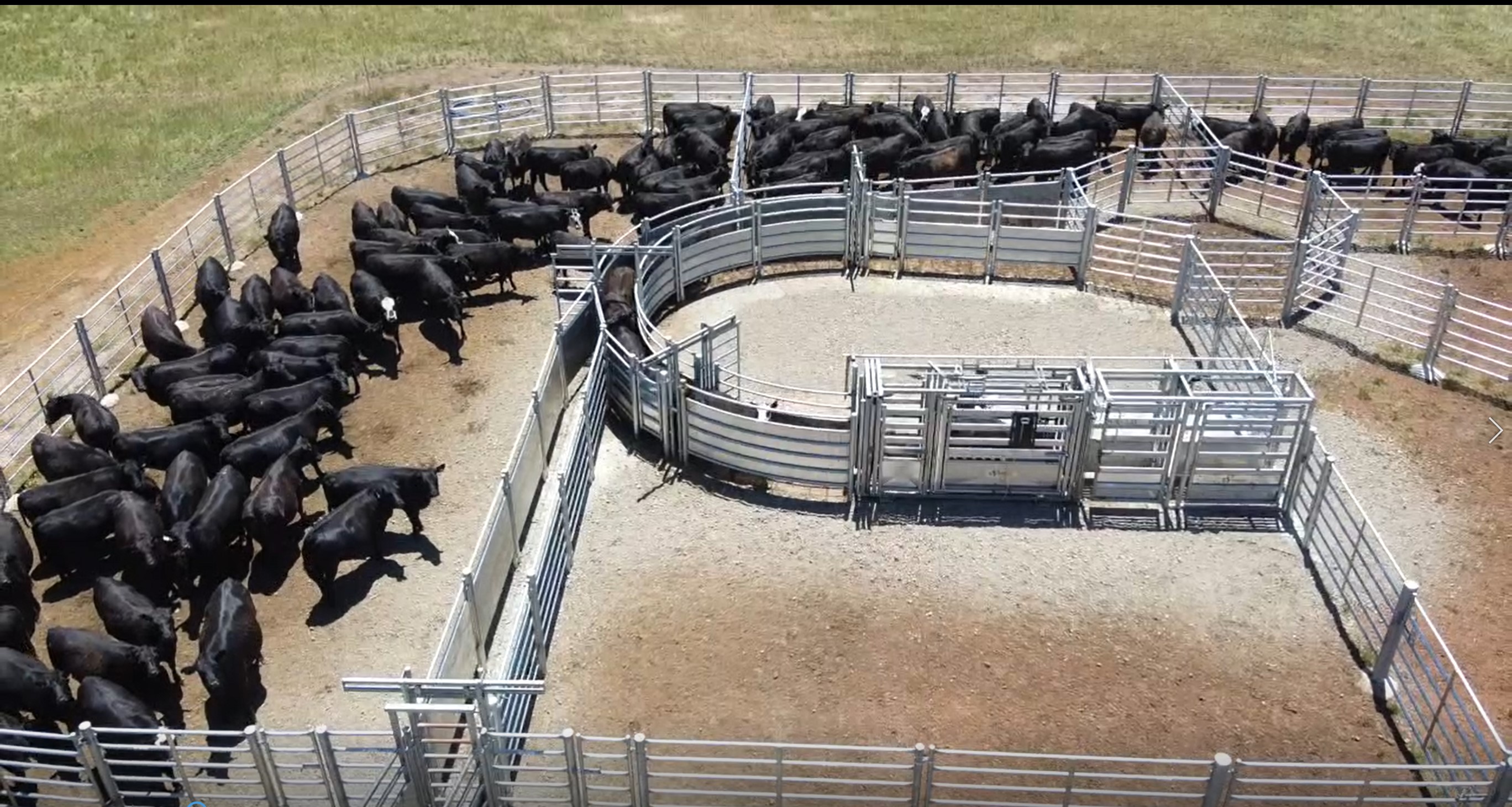How to design a productive stockyard with our yard design experts
Tuesday, 24 June, 2025

Adrian Kelly and Tim McKenzie are the resident Stockyard Specialists at Norton. They are obsessed with the science of stock flow and how to get sheep and cattle to respond to being worked.
Years of experience in constructing stockyards, running farms, and working in adjacent industries has created a broad and deep perspective on how to create yards that make stock go where you want them to.
Consider how you work your stock
How do you prefer to handle your livestock? If you work alone then you may need additional labour saving features like automated drafting gates and a crush that can be operated by one person.
If you have multiple people working in the yard at the same time, think about how you can make it safe for everyone. Ensure personal access gates are strategically placed so people can exit safely. Reduce the areas where you need to enter confined spaces with livestock.
What’s the environment like where you’re building your yard?
Every property has unique features and you can use those to your advantage when planning your yard.
Existing structures such as sheds, fences, and previous yards can be incorporated into your design to make the most out of your existing infrastructure.
Even natural features such as established trees, wind direction, and water flow can influence layout and how to best design a yard.
Even the slope of the ground should be factored into yard design. Stock have a natural desire to move uphill, so you can improve stock flow by putting gates in more elevated areas.
Incorporating these elements into your yard can make animal handling easier as you’ve already worked with the environment and the animals’ instincts.
Animal handling
Sheep and cattle are more comfortable being approached from the side where they can see you. This is called the animal’s ‘flight zone’ and you’ll often get better results approaching an animal from the side than from behind. Design your yards with your stock’s flight zone in mind to move them around easier.
Smaller groups of animals are easier to move around than larger groups, so try to break your animals up as much as possible. Animals are less likely to baulk at moving through gates and races in smaller groups.
Timeframes and key locations
Highly trafficked areas of your yard, such as drafting races and crushes, can be concreted to improve durability and reduce maintenance. However, you’ll need to lock in these locations and know for sure your layout won’t move.
Extra setup like concrete pours may extend your yard’s construction time, but the benefits will be long lasting. The added time and cost of a concrete work area results in a saver and higher quality yard that will last you for years to come.
There is no one size fits all design for stockyards
A well designed yard can make a huge difference in keeping yourself and your animal safe, as well as saving time and reducing stress in your animals.
Adrian and Tim can help you improve your current yards, or build your perfect yard from scratch. And that’s without including Norton’s ability to integrate with Gallagher products for weighing and tracking.
Reach out to the Norton team for your next yard to make handling your livestock even easier.
Tim McKenzie
tim.mckenzie@gallagher.com
0417 320 630
Adrian Kelly
adrian.kelly@gallagher.com
0488 083 344


